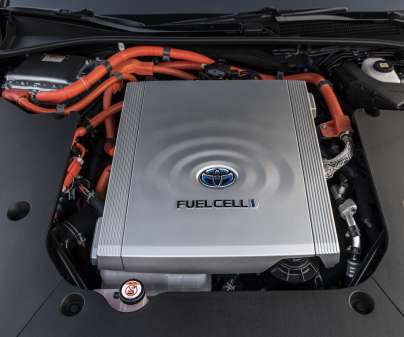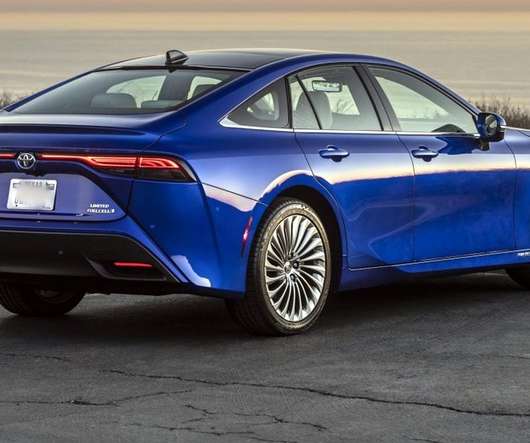Toho Tenax Europe joins iComposite 4.0 project aimed at furthering “Industry 4.0” initiative
Green Car Congress
MARCH 4, 2016
the core company of the Teijin Group’s carbon fibers and composites business, announced that its German subsidiary Toho Tenax Europe GmbH (TTE) would participate in a technology development project aimed at contributing to Industry 4.0, To balance stresses, high-precision fiber bundles are then added. Toho Tenax Co.,














Let's personalize your content